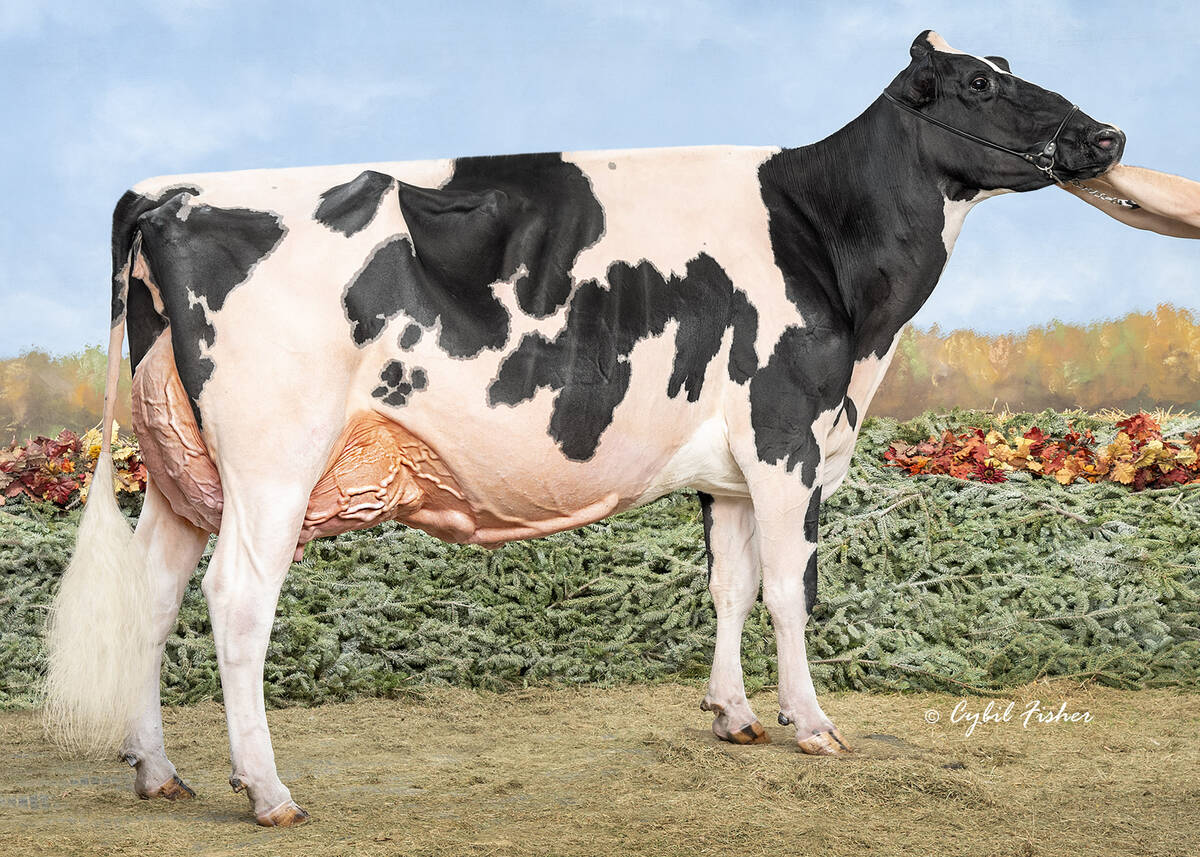The Ontario government is expected to approve a farm income insurance program for grain and oilseed producers designed in part by the province’s farmers.
It will increase provincial and farmer pressure on the federal government to pay a 60 percent share of the cost, adding another point of tension between Toronto and Ottawa when federal and provincial ministers meet again in early September to continue negotiations on a new five-year farm program.
Ontario insists the scheme, to be operated for three years as a pilot companion program, should be funded 60 percent by the federal government and 40 percent by the province.
Read Also

Saskatchewan dairy farm breeds international champion
A Saskatchewan bred cow made history at the 2025 World Dairy Expo in Madison, Wisconsin, when she was named grand champion in the five-year-old Holstein class.
Federal agriculture minister Chuck Strahl has said Ottawa will not co-fund provincial-specific companion programs. Federal money will be spent on national programs with national benefit levels but with the possibility of some province-specific delivery flexibility, he has said.
An outline of the proposed Ontario Risk Management Program was presented to provincial agriculture minister Leona Dombrowsky July 19 on what farm leaders called a “landmark day” for the industry. Representatives of the Ontario Federation of Agriculture and Ontario Grains and Oilseeds worked out the details over the summer with staff from Dombrowsky’s department after the minister said in June she accepted the principle of the program.
“It’s an insurance plan that will work for farmers,” said Peter Tuinema, a farmer from New Liskeard, Ont., an employee of the Ontario Wheat Board and one of the program designers.
He said farmers are pressing the provincial government to approve and launch the program by early September. With a provincial election scheduled for October, a delay past early September would mean the program launch would be put off until after the election when a new government is installed.
As proposed, the program would be based on an average cost-of-production calculation. A farmer could ensure himself up to full cost of production, depending on the premium paid.
If low prices returned less than the insured level, a portion of the payout would be triggered at harvest time and the remainder six months later.














